We set off early morning from Cusco to Lake Titicaca. We had selected a 2 day/1 night, Viator private guided tour. Distance is about 456 km and takes about 7 hours if you don’t stop anywhere on the way. We stopped at the following places on the way:
- Raqchi archeological ruins
- Pucara Museum
- Abra La Raya – Highest point from Cusco to Puno
- Sillustani
Raqchi archeological ruins – Raqchi was a settlement of houses and temples that Incas dedicated to Wiracocha (or Huiracocha), the creator god of the world according to many Andean cultures. It is believed that Raqchi was built during the governments of the Incas Huiracocha, Pachacútec and Túpac Yupanqui during most of the 15th century. However, the excavations carried out on the site, found ceramic remains of pre-Inca cultures. This would show that Raqchi was a sacred site for the cultures that preceded the Incas.
All the remains of this temple are the giant walls that characterize it. They were constructed out of stone and adobe. The walls are around 20 meters high and within them, you can see windows, columns, and doors.
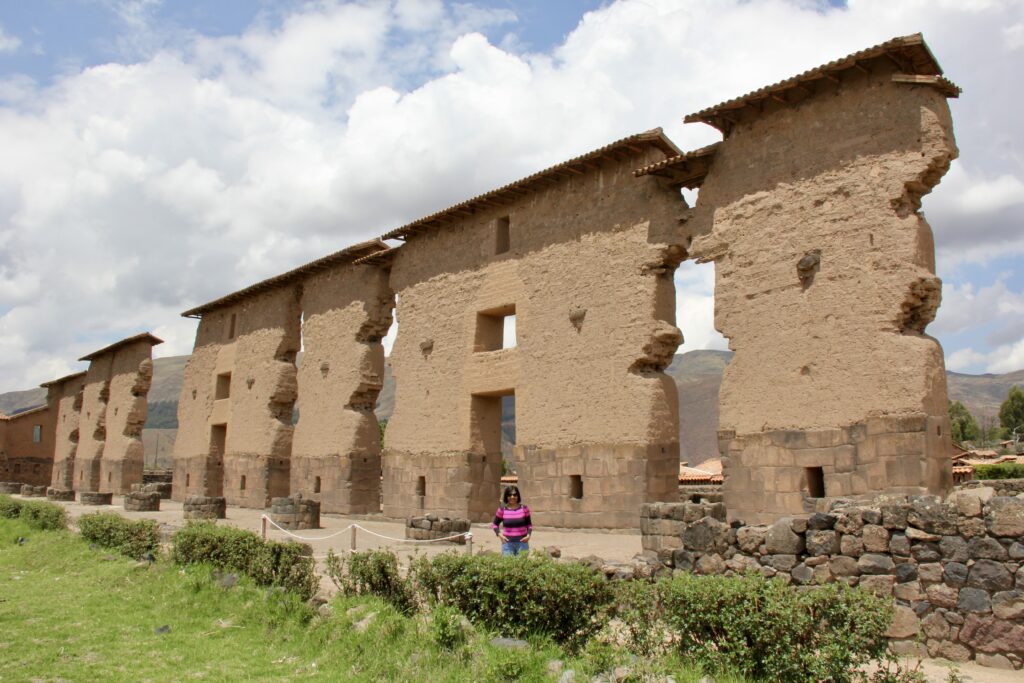
Raqchi Colcas – Colcas are what the Inca called warehouses. These enclosures in Raqchi were used to store food or the Incas. Researchers found 156 of These circular colcas throughout the area. These colcas were most likely used to feed the locals as well as the “Chaskis” or Inca messengers and were used to hold grains, such as corn and quinoa. Archaeologists counted a total of 22 areas where houses were built, all parallel to each other. The Inca seemed to really like having symmetry in their constructions as well as how people were placed around the site.
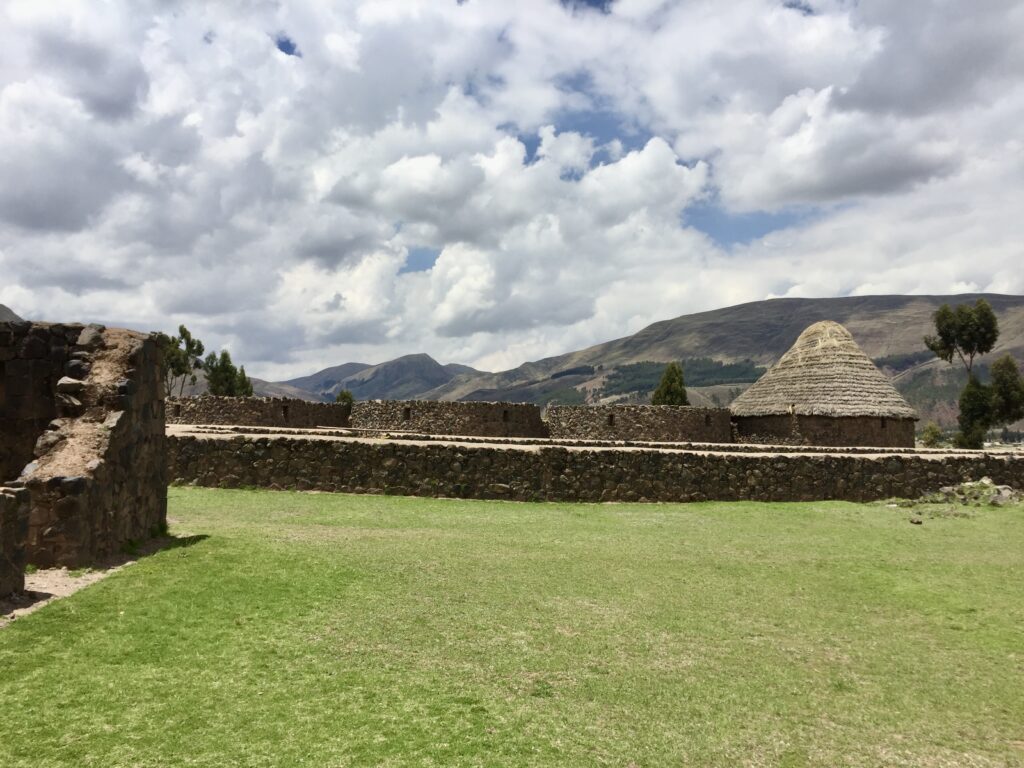
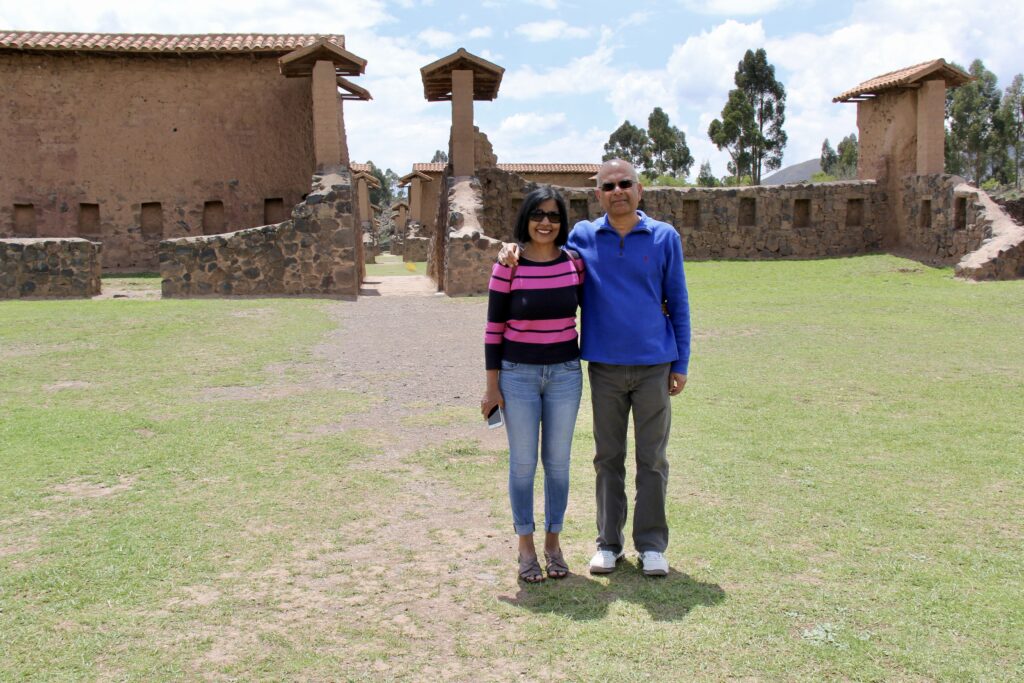
Raqchi Water fountains – The Inca needed a steady water supply for Raqchi, the solution was to build very finely made water fountains for the site. There is a famous fountain called the “Baños del Inca” or the Inca’s bathhouse.
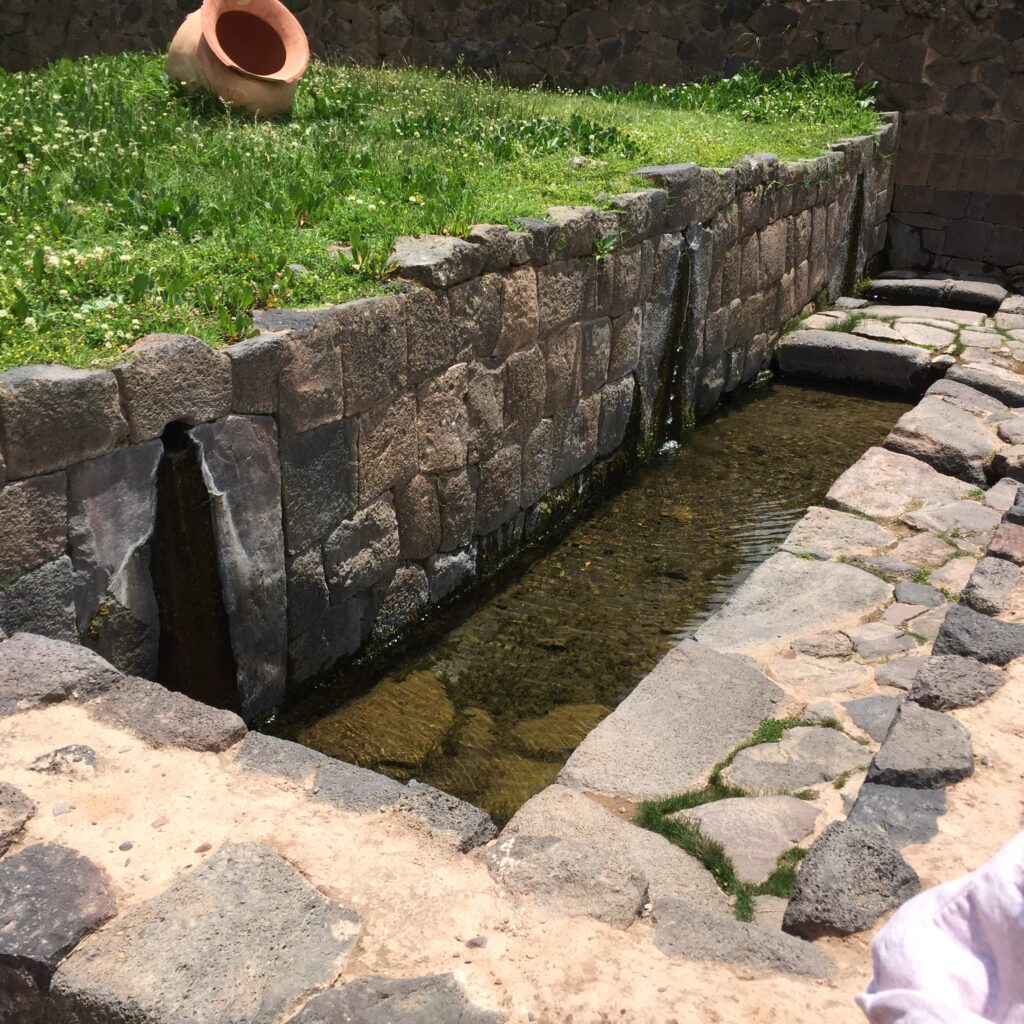
Church of San Pedro de Cacha – This church was built by Spanish and is located in a plaza before we enter the Raqchi archaeological site.
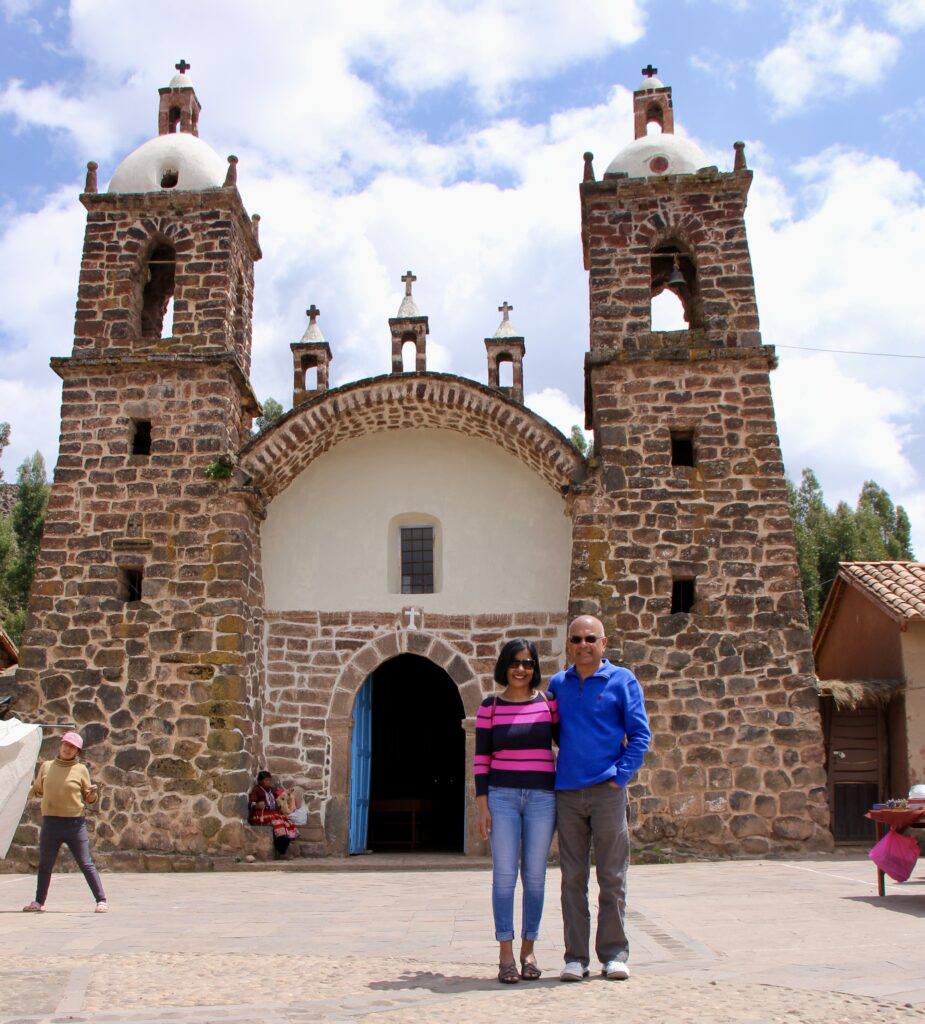
Pucara Lithic Museum – Located in Puno district, the museum was created in 1999 and displays cultural assets recovered during the 1970s in the Pucara archaeological zone. Among the lithic pieces that the visitor can find in this museum in Pucará, are pieces such as monoliths, steles and sculptures that have the peculiarity of presenting animal shapes.
On display is the “Stele of the Rain”, also called “Stele of the Lightning”. This piece is 2 meters high and is a combination of fish and puma. Another important piece in the museum is the so-called “El degollador”, a monolith in which Hatun Ñakaq (decapitator) is represented. This piece is one of the best carved in the complex and is an icon of the fierceness of the Pucará culture.
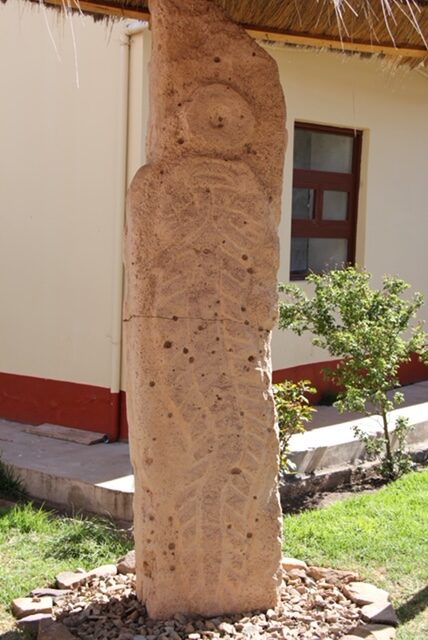
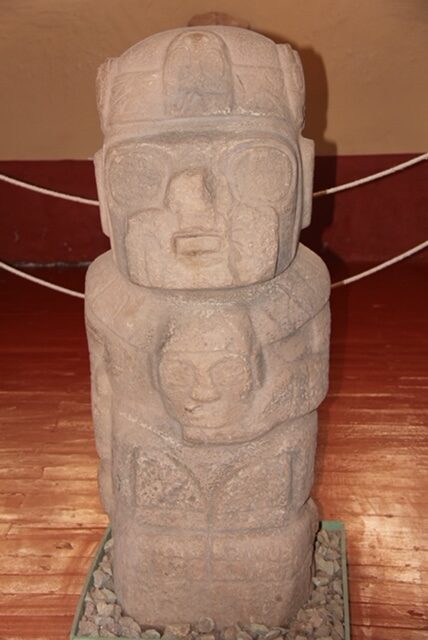
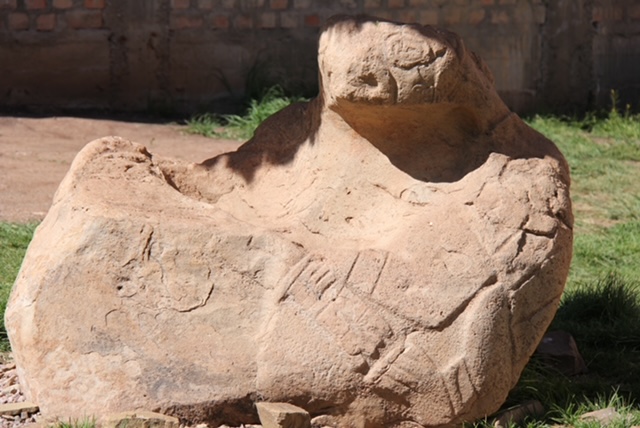
As you walk around the town of Pucara, the most representative symbol of this area is the Torito de Pucará, which is hung in pairs above the entrances of the houses as a symbol of protection and prosperity. That is why, Pucará is also known as “Tierra del Torito” (Land of the Torito).
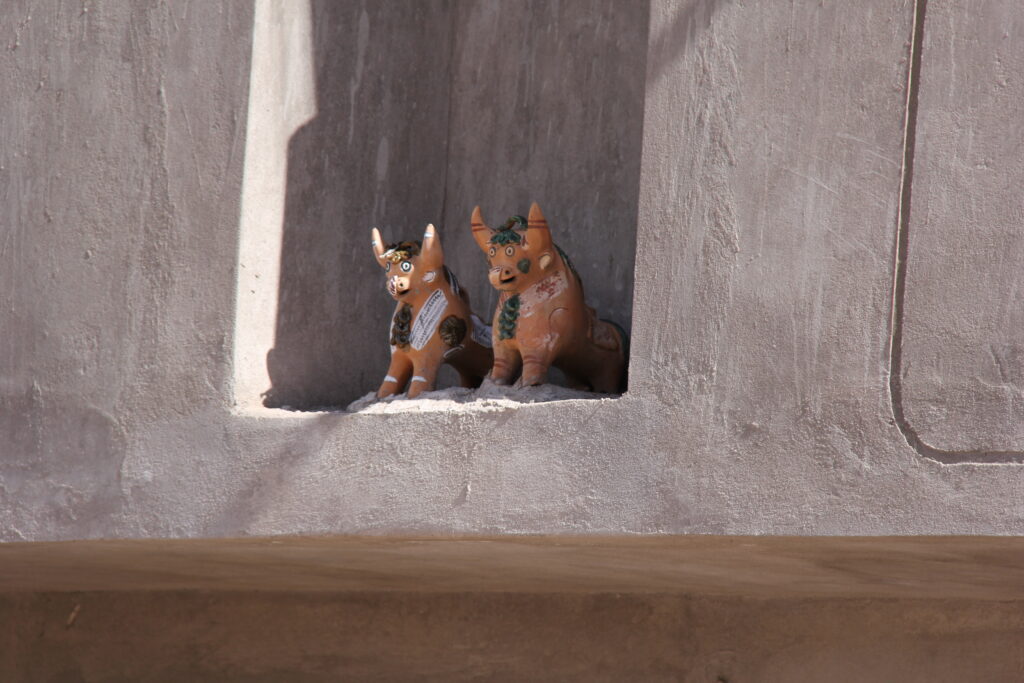
Abra La Raya – This pass is the highest point on the route from Cusco to Puno, at 4,335 meters (14,224 feet) above sea level. It’s located in the Andes mountains and marks the border between the Quechua and Aymara speaking communities. The pass offers views of the surrounding area and snow-capped mountains, and vendors selling souvenirs.
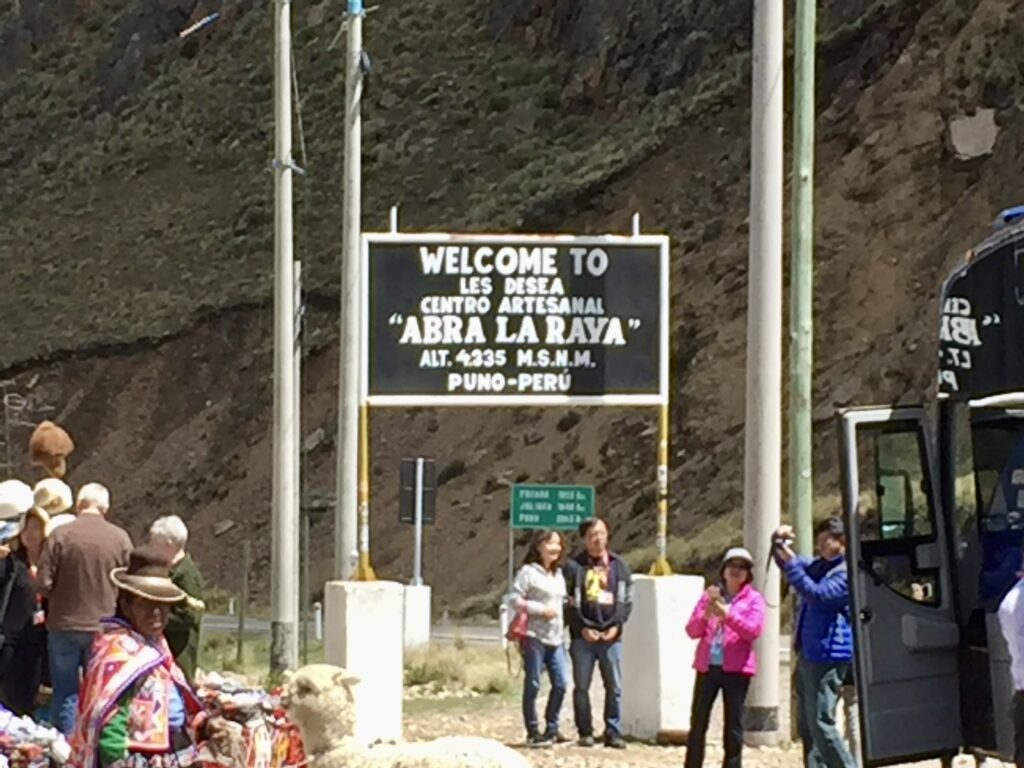
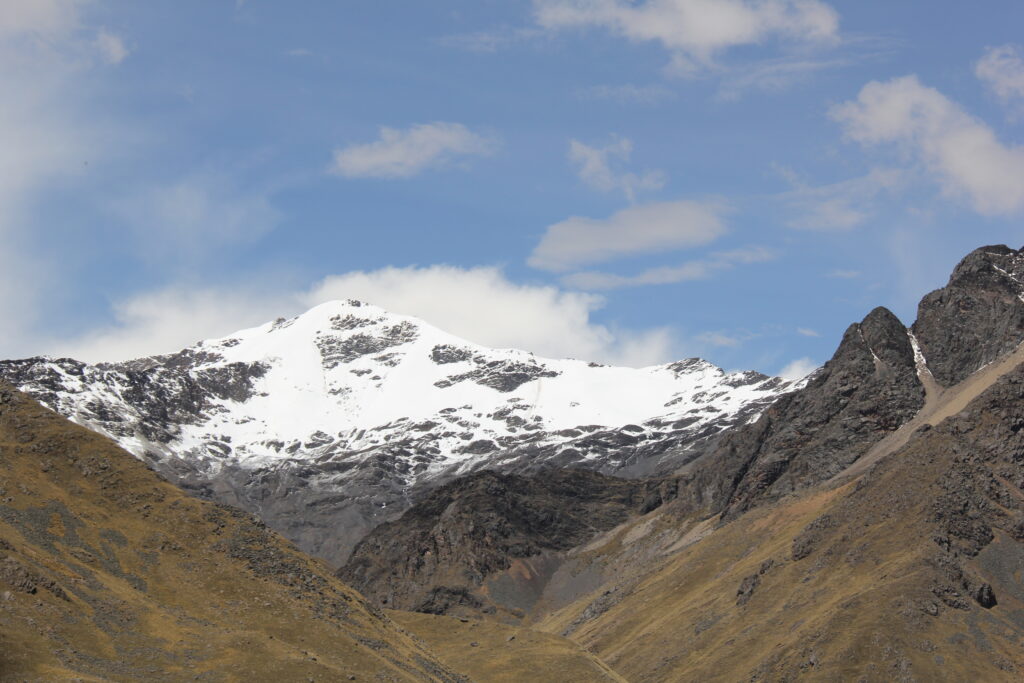
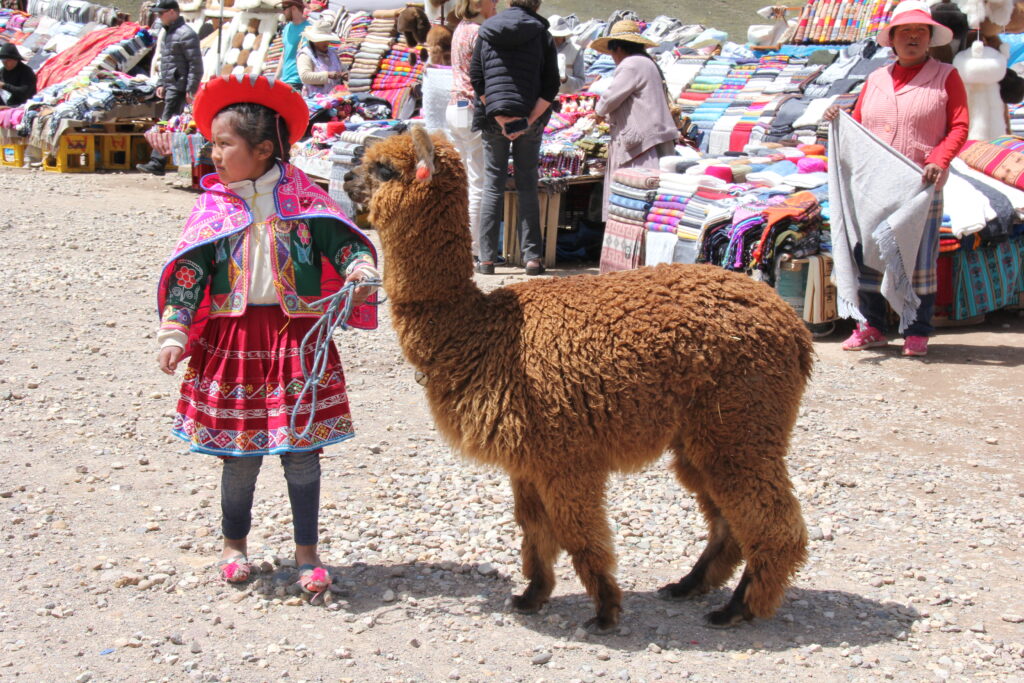
Sillustani – Outside the city of Puno and not far from Lake Titicaca, is the site of some of the area’s most impressive funerary towers (chullpas). Standing as high as 12 meters, these structures were built by the Colla people around AD 600 to bury their nobility. Entire families, along with food and personal possessions, were buried in these cylinders. Most of the towers are set in a scenic area along the bank of Lake Umayo, just walk up a hill from the parking lot to the plateau above. The towers stand at the far end of the field with the lake behind.
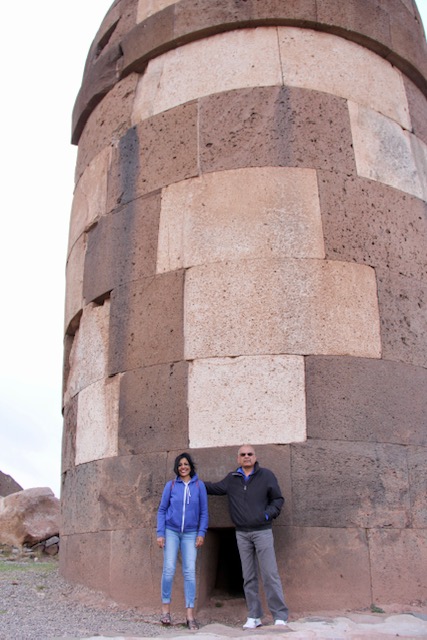
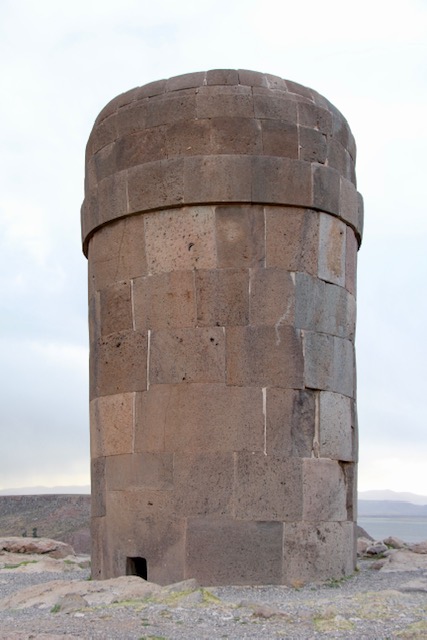
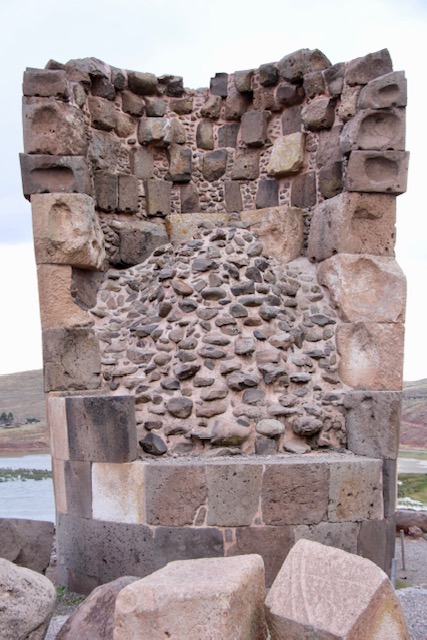
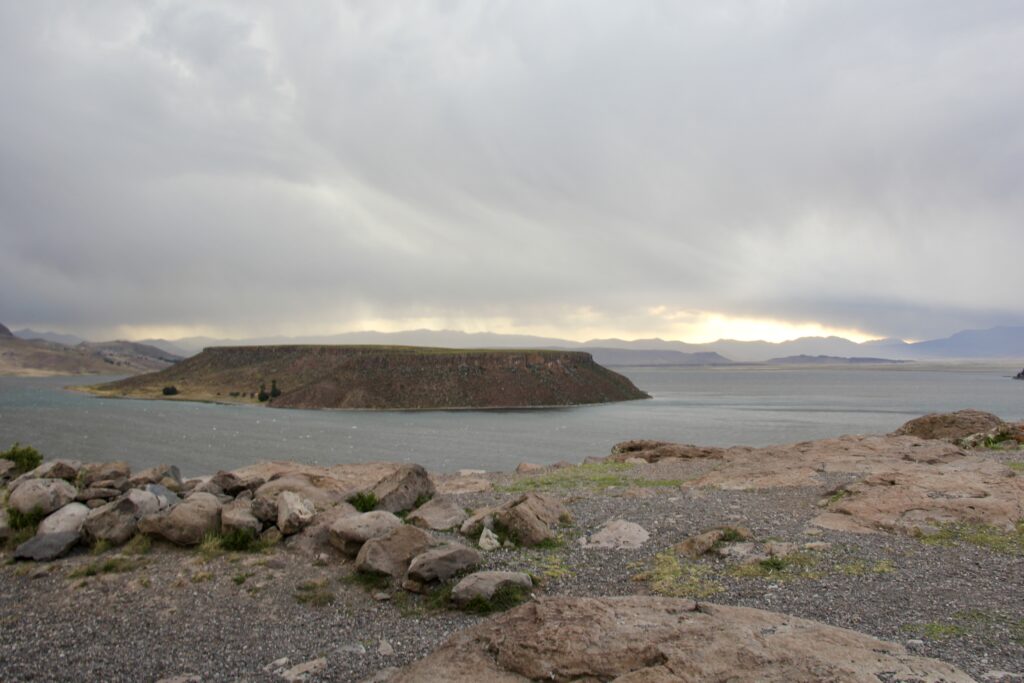
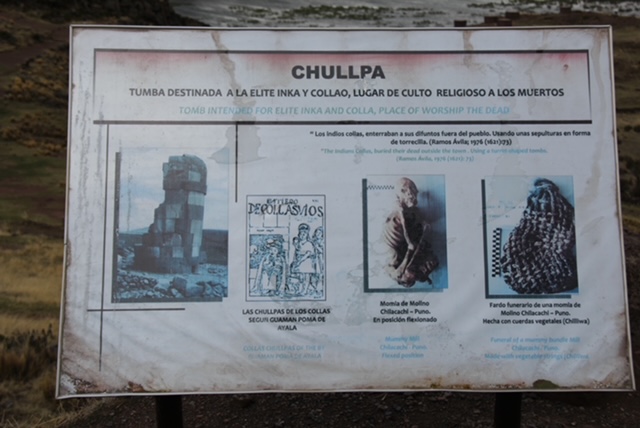
We reached Lake Titicaca after 8pm.